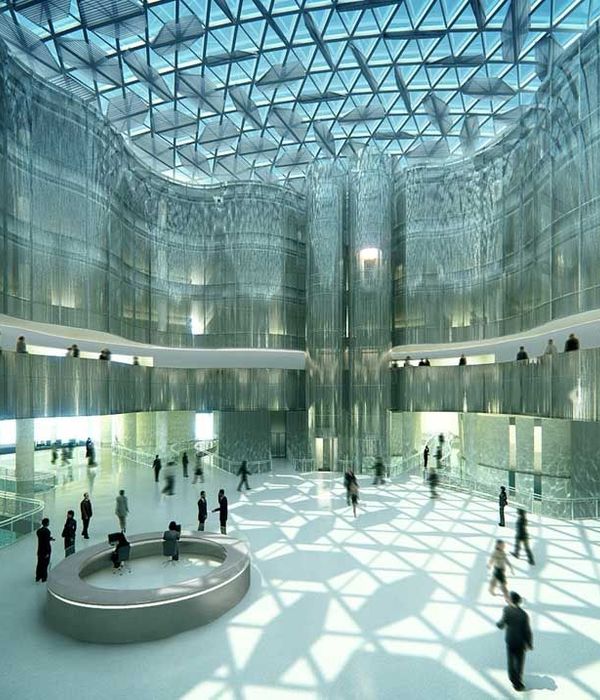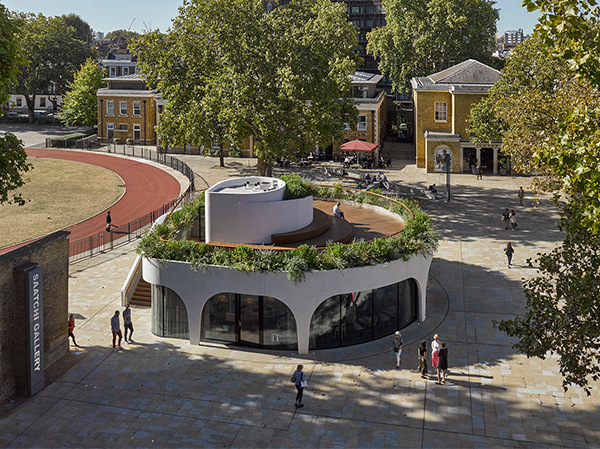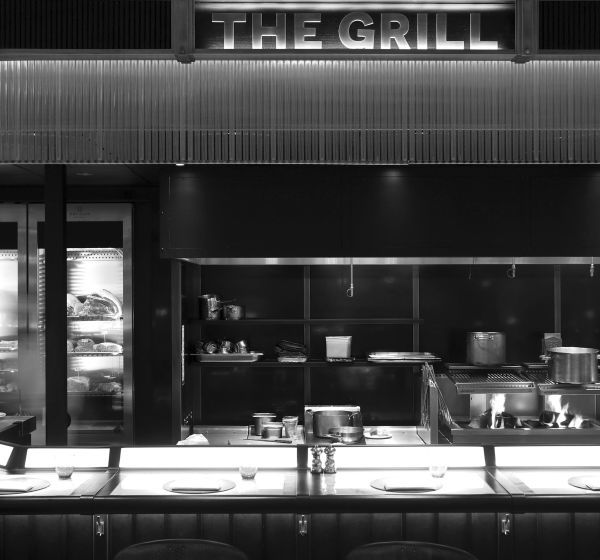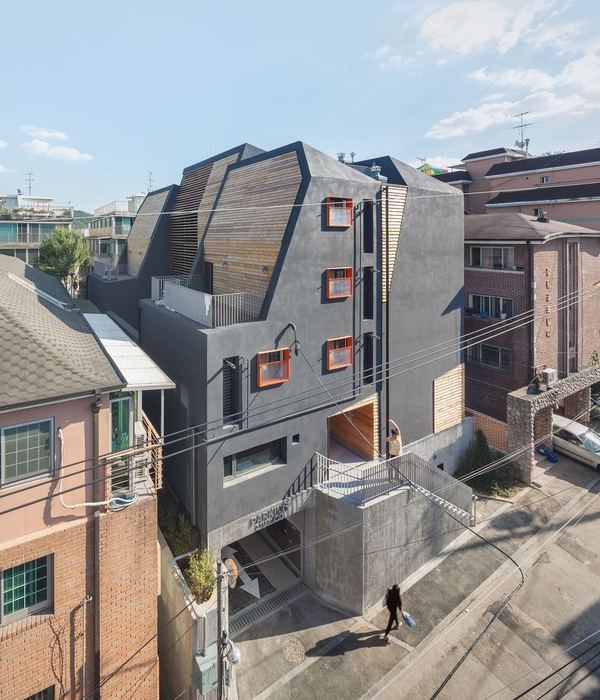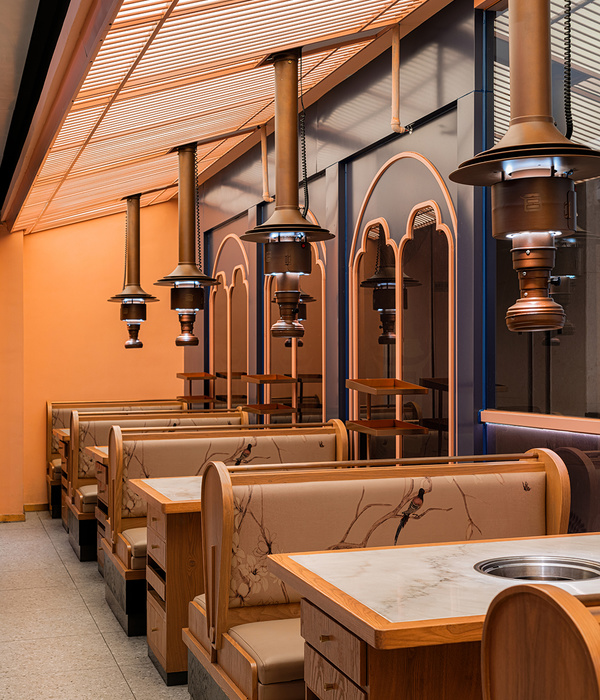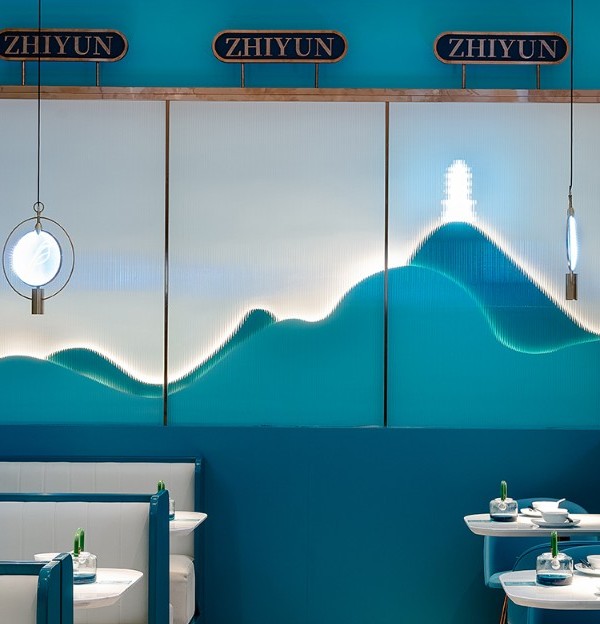Joyce Wang‘s design for ICHU Peru is meant to convey the terrain and landscape of Peru for diners to the Hong Kong restaurant and bar.
Peru has one of the most varied ecosystems in the world and they wanted to reflect this in the design. They wanted to push the boundaries beyond what they normally do with materials. The richly textured materials and raw finishes evoke Peru’s changing topography and dynamic ecosystem.
Since ICHU represents Chef Virgilio Martinez’s first restaurant in Asia, they wanted the design to reflect his culinary style. As well as being very progressive and innovative, he has a deep knowledge of the local vegetation and explores Peru in search of unique ingredients. They wanted their choice of materials and textures to reflect that innovative style and sense of exploration. The innovative interpretation of forgotten materials and textures capture Martinez’s creative culinary style.
Since the design narrative is based around Peru’s landscape, there was a danger the palette would be too earthy or muddy. To counter that, They are using bright colours in accent upholstery and feature lighting.
The aesthetic is quite different from their other work. It’s rawer and less polished than what they have done in the past. There’s a lot of unfinished materials that are honed and crackled rather than being sleek and polished. The central ingredients table that features divots of unique spices, grains and salts is composed of two granite species fused together to create an unpredictable geometry.
The undulating wood slat ceiling adds another dimension to the space and speaks to Peru’s changing topography. At different points of the customer journey, they wanted to prompt memories of nature and the suspended indoor tree over the central seating island is used to bring nature indoors.
They wanted people to experience the different landscapes of Peru that are home to the exotic ingredients on the menu. They also wish to inspire a sense of discovery as a tribute to Chef Virgilio Martinez. The restaurant is divided into distinct sections and the design takes guests on a journey through Peru’s varying altitudes. The main dining room features an island banquette with excavated fossil stone detail while different slate titles reference indigenous rock formations. The stepped timber ceiling pays tribute to the undulating and dramatic topography characteristic of Peru.
They were inspired by the restaurant’s namesake plant to use natural materials as much as possible. The open kitchen is framed with indigo raffia panels. Raffia is a traditional plant that has been used for centuries to bind elements together. We liked this as a metaphor in the way a restaurant brings people together to celebrate food. The layout gave them an opportunity to create different sections and take advantage of the central location. ICHU comprises a separate bar for casual dining and a spacious outdoor terrace with views overlooking Pottinger and Stanley Streets. The outdoor terrace can accommodate up to 85 guests and for this space we envisioned it to take after the Maras Salt Mines in Peru. It’s unique landscape and terracing inspired the design for an island banquette with Aztec geometry to ground the space.
Design: Joyce Wang Photography: courtesy ICHU
7 Images | expand images for additional detail
{{item.text_origin}}

